Edible Bugs And How To Cook Them
September 22, 2015
Mexican food with a story
Flavors Of The Region To Be Discovered
Mexico has a vast traditional cuisine. With basic recipes ranging from classic dishes like Chilaquiles to more complex recipes like traditional Mole Poblano and Chiles en Nogada, it has been considered one of the best in the world.
Without any doubt, at a Mexican table you’ll always find creations that blend styles and ingredients from many parts of the country. However, within this range of flavors, smells and colors there are small snacks that very few people have tasted: bugs!
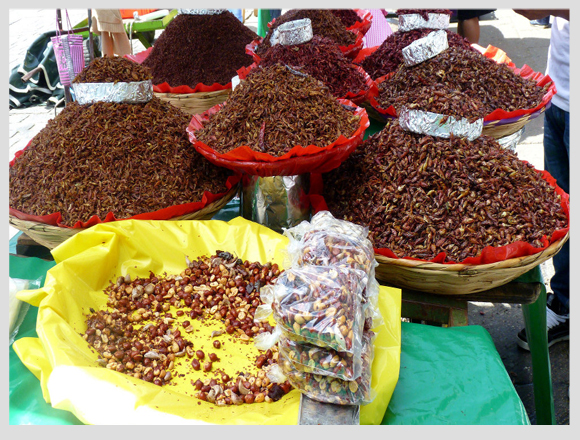
When you see any of these bugs on your plate, don’t get carried away by their appearance: many of these are equally or more nutritious than a lot of the ingredients you currently eat and their taste will definitely surprise you.
Join us on this list of six edible bugs and learn how to cook them:
Escamoles
This bug is known as the Mexican caviar. It’s extremely difficult to obtain it, and it can get very expensive. Escamoles come from the “escamolera ant” eggs, which are found in States of Guanajuato, Tlaxcala, and Hidalgo. In these sites, escamoles can be prepared in different ways: buttered, fried with eggs, in mixiote and you can even taste them in a barbecue during the warm time of Lent.
The traditional recipes are delicious, but nothing compares to eating them in the classic Mexican tacos, of course, accompanied with a delicious freshly made guacamole. Many “escamole-lovers” recommend this dish as a soup named: Escamoles of Santiago de Anaya, a recipe from the Otomi culture, which has been prepared in Hidalgo State for many years.
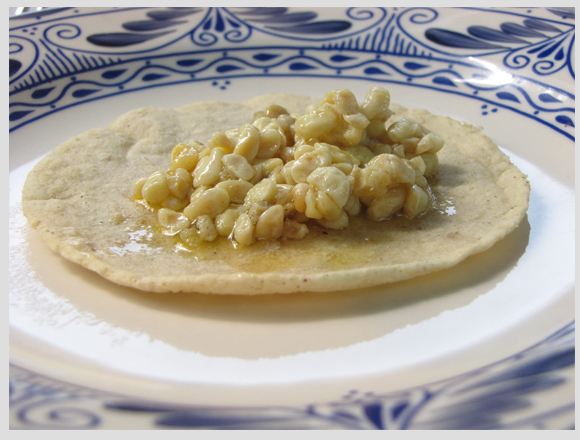
Acociles (freshwater shrimps)
These small shrimps are not bugs! But they are usually confused by many people for their appearance. They are very similar to small crustaceans that live on the lake shores in central and southern Mexico. Its consumption, like most edible bugs, take us centuries ago when they used to be considered an exotic delicacy.
There are many ways to eat this bug: beans with acociles, with green salsa, in tacos, fried with onions and garlic as a snack, with salt, and lemon, and of course the traditional guacamole. Also, due to its reddish color, after being cooked, sometimes they are used to prepare cocktails and ceviches.
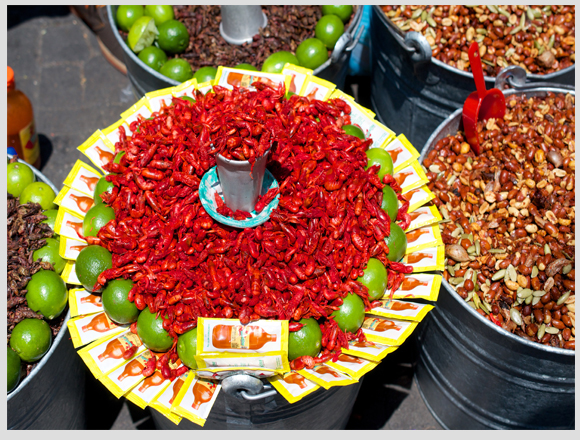
Chapulines (grasshoppers)
This bug is certainly the most common in Mexico. We can find them from all over the State of Oaxaca to the southeast at Yucatan State. Some say they taste like pork, others that they’re rather earthy, either way: with a little lemon and salt there’s no better snack for a party among friends.
Some of the most common dishes made with grasshoppers are the Mitla Salad with nopales, Grasshopper Cream Soup, special sauces, and one that we especially love called “Basket of Grasshoppers”. It consists on frying a tortilla between two big spoons in order to create a basket shaped plate to be stuffed with roasted grasshoppers bathed in a tomatoes and peppers sauce: a delight you definitely must try.
There are places in Mexico where they’re served as a snack, like Xoximilco Park in Cancun.
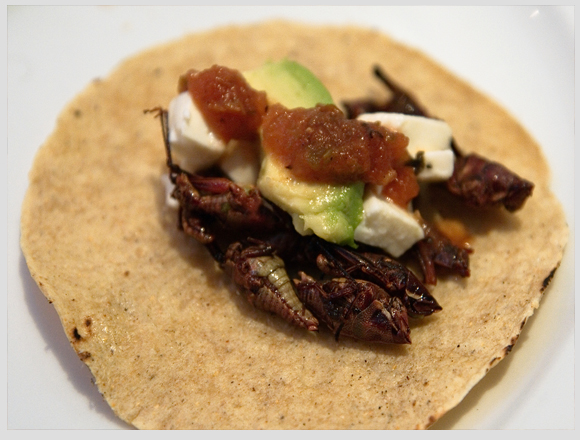
Maguey Worms
These larvae are usually found on the lower leaves of the maguey, where they are deposited by a species of butterfly that eats them. They are usually white with small brown spots and located in the States of Tlaxcala and Hidalgo.
They can be prepared in tacos, roasted, or even as sauces. There are much more elaborate recipes as the quail sauce with maguey worms cooked as Pulque, which can be found in some pre-Hispanic food restaurants. If you are looking for something less elaborate, then we recommend you trying them with guacamole.
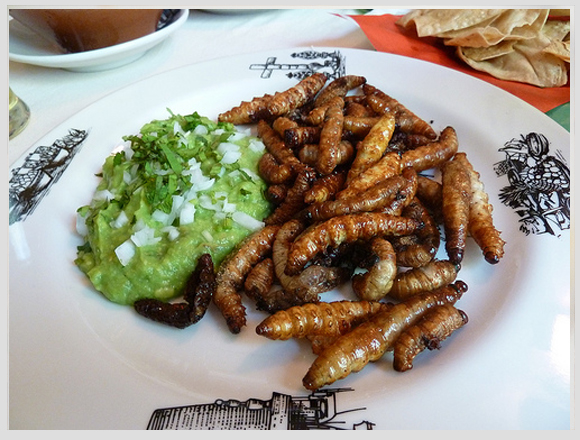
Jumiles
Jumiles measure less than an inch and are very common in local markets in Morelos and Guerrero State. Some people like to eat them alive, but if you don’t feel like having your meal walking around your mouth, there are other ways to cook them and are quite tasty.
A very easy way to cook them is as a Jumil Sauce: made with tomatoes and peppers. It’s usually eaten with tortillas and accompanied with delicious beef or pork tacos. In Taxco, located in Guerrero State, you can try them with the classic”Mole” or tacos with guacamole.
Read more:8 exotic Mexican dishes you should try
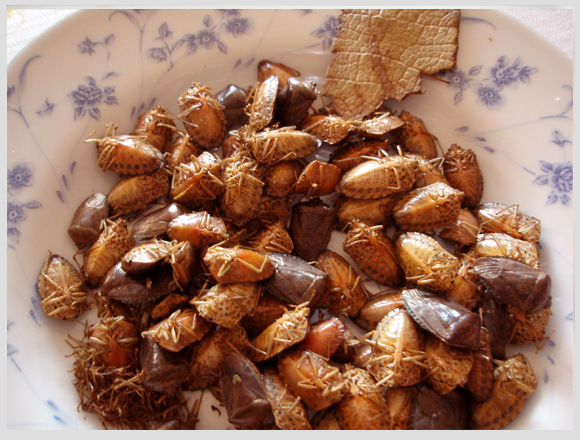
Chicatana Ant
Originating in Oaxaca, these considerably sized ants are on the menu. One of the most common ways in which they are eaten is the Chicatana Sauce: prepared with garlic, salt, and pepper; although depending on where you are, it may include tomato and onion. Some people usually eat them alone with fresh tortillas or as an accompaniment to other food.
In other States these ants are prepared in different ways, like tamales, fried, boiled, in quesadillas, soups or simply as a snack with salt and lemon. That’s not all, we Mexicans have experimented with flavors and this bug is no exception! Chicatana Ants can also be found in chocolate covered cookies, muffins and cakes because of its high protein content.
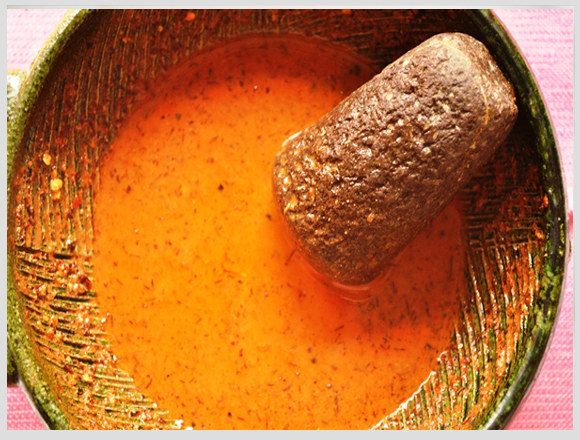
As you can see, Mexico’s not only surprising for its beautiful places and history but also the extent of its cuisine. These are just some of the known edible bugs but the list reaches nearly 500 species, if you know more, please tell us!

Editora de Blog Xcaret. Comunicóloga que ama viajar, escribir, tomar fotografías y estar siempre rod...

Posts Relacionados
Grupo Xcaret
Hotels





